An X-ray diffractometer consists mainly of 4 elements: an X-ray tube, a sample holder, an X-ray detector and a Goniometer or a CCD detector.
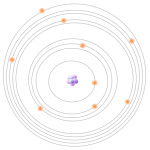 1- All atoms have a fixed number of electrons. These electrons are arranged in orbitals around the nucleus.
1- All atoms have a fixed number of electrons. These electrons are arranged in orbitals around the nucleus.
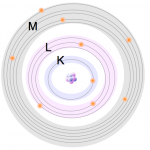 2- These electrons are arranged in orbitals around the nucleus. XRF dispersive energy (EDXRF) typically works on activity in the first three electron orbitals, the K, L and M lines.
2- These electrons are arranged in orbitals around the nucleus. XRF dispersive energy (EDXRF) typically works on activity in the first three electron orbitals, the K, L and M lines.
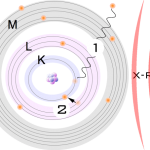 3- The primary photons of the X-ray tube have sufficient energy to pull electrons out of the innermost orbitals, creating a vacancy (1). An electron from an external orbit will move into the newly vacant space at the internal orbit to regain stability in the atom (2).
3- The primary photons of the X-ray tube have sufficient energy to pull electrons out of the innermost orbitals, creating a vacancy (1). An electron from an external orbit will move into the newly vacant space at the internal orbit to regain stability in the atom (2).
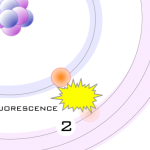 4- When the electron of the outer orbit moves into the internal orbit, it releases energy in the form of a secondary X-ray photon.
4- When the electron of the outer orbit moves into the internal orbit, it releases energy in the form of a secondary X-ray photon.
Filtering is required to produce the monochromatic X-rays necessary for diffraction. Copper is the most commonly used target material for monocrystalline diffraction. These X-rays are collimated and directed on the sample. During rotation of the sample and the detector, the X-ray intensity is collected as peaks in a spectrum. When the incident X-ray geometry interacting with the sample satisfies the Bragg equation, interference occurs and causes a particular peak of intensity. The X-Rays detector and a signal processing chain converts it into a counting rate which is then used by a data processing and display software.
The mechanical system of an X-ray diffractometer is designed so that the sample rotates or vibrate in the path of the X-ray beam collimated at an angle while the X-ray detector is mounted on an arm to collect X-ray diffracted X-rays. rotating with 2θ angle. This assembly that holds the angle while swiveling the sample is a goniometer.
To maintain this performance while being sufficiently miniaturized to be portable, it is possible to use another technology, XRD using a vibrating blade.
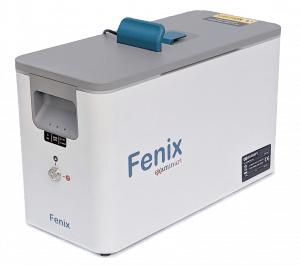
Vibrating blade XRD is an analysis technique that uses X-ray diffraction on powder samples. The principle is as follows: two metal blades are vibrated at their resonance frequency by a piezoelectric effect. When the blades are in contact with the sample, the vibration frequency changes depending on the crystal structure of the material. A CCD detector measures the intensity of the X-rays diffracted by the slides and the sample, which makes it possible to determine the mineralogical composition of the sample.
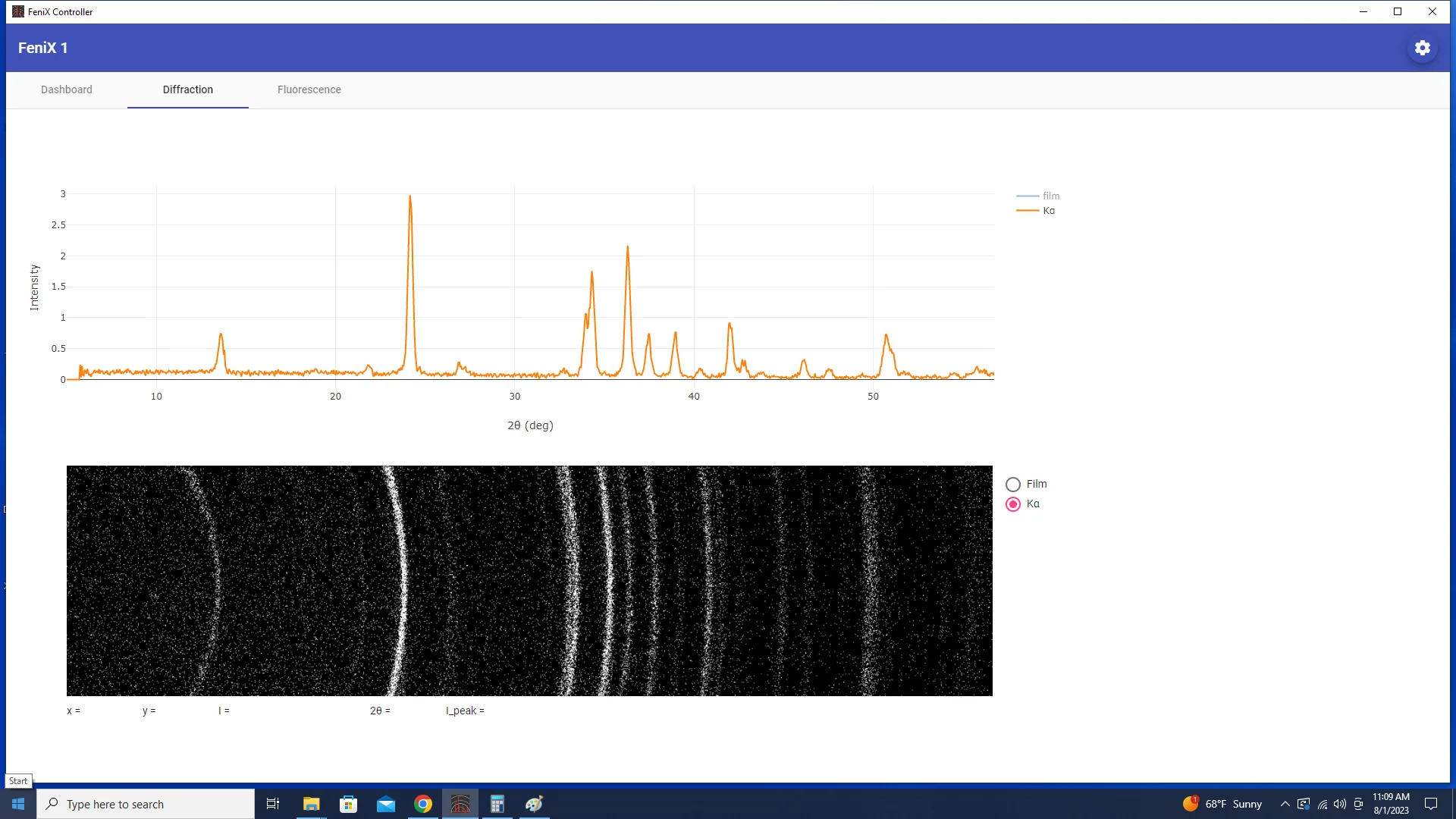
Le Fenix from eXaminart is a portable instrument that combines vibrating plate XRD and X-ray fluorescence (XRF) to quickly and easily characterize powder samples. Le Fenix uses technology inspired by the XRD/XRF instrument deployed on Mars by NASA’s Curiosity rover. It has unique advantages over conventional XRD instruments: small size, transportability, low power consumption, ease of use.
Le Fenix is suitable for laboratory, mobile laboratory or field applications. It can be used for routine analyzes or for innovative research in various fields such as geology, chemistry, pharmacy, archeology or cultural heritage.